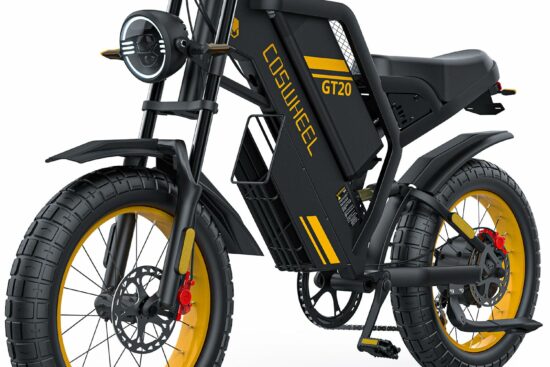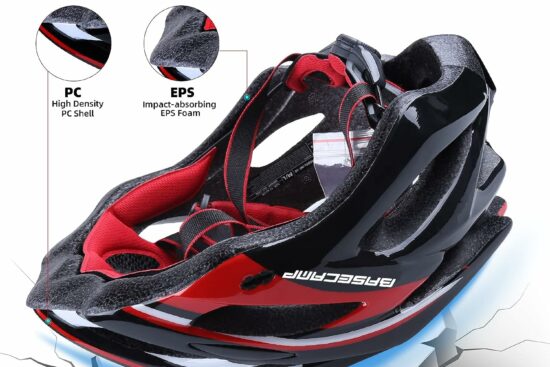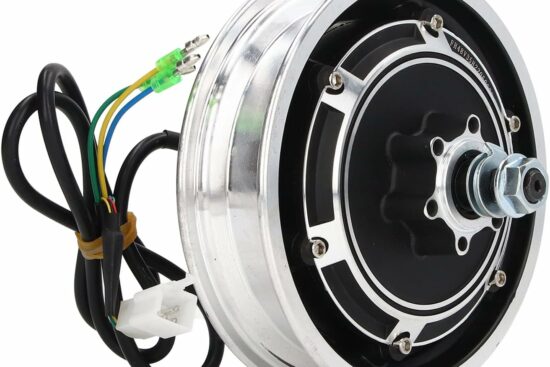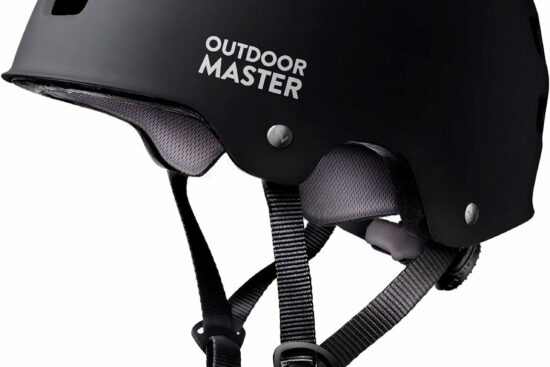
Have you ever wondered if you can ride an e-bike without pedaling? Well, you’re not alone! Many people are curious about whether they can simply sit back and let the motor do all the work. In this article, we’ll delve into the world of e-bikes and explore whether you can ride one without even pedaling. Stay tuned to find out more!
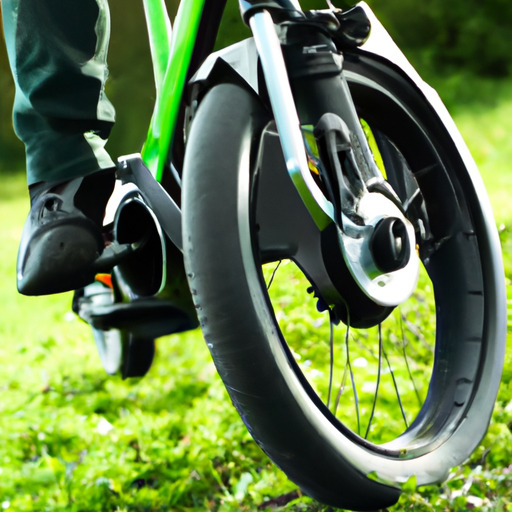
Understanding E-bikes
What is an e-bike?
An e-bike, short for electric bike, is a bicycle that is equipped with an electric motor to assist with propulsion. It combines the functionality of a traditional bicycle with the added advantage of having an electric motor that can be used to enhance your riding experience. E-bikes have gained popularity in recent years as they provide an environmentally-friendly alternative to cars and motorcycles, while also making cycling more accessible to a wider range of individuals.
How do e-bikes work?
E-bikes utilize a combination of pedaling power and electric assistance to propel the rider forward. The electric motor is powered by a rechargeable battery that is usually mounted on the frame of the bicycle. When the rider pedals, a sensor detects the movement and activates the motor, providing an extra boost to the pedaling effort. The level of assistance can be adjusted based on the rider’s preference, allowing for a customized riding experience.
Pedaling and E-bikes
The importance of pedaling for e-bikes
While e-bikes offer the convenience of electric assistance, pedaling remains an integral part of riding an e-bike. Pedaling helps to engage the muscles and maintain balance, resulting in a more efficient and enjoyable cycling experience. It also allows the rider to contribute to the propulsion of the bicycle, conserving battery power and extending the range of the e-bike.
Why is pedaling required in most e-bikes?
Pedaling is required in most e-bikes as it ensures that the rider actively participates in the riding process. By incorporating pedaling, e-bikes promote a healthier and more active lifestyle. Additionally, many countries and states have regulations that define e-bikes based on a combination of electric assistance and pedaling, making pedaling a legal requirement for e-bikes to be classified as such.
Efficiency of pedaling in e-bikes
Pedaling is highly efficient in e-bikes as it allows the rider to maximize the benefits of the electric motor. By combining human power with electric assistance, e-bikes can achieve greater speeds and cover longer distances with less effort. The energy generated through pedaling is harnessed by the e-bike’s motor, resulting in a more efficient use of the battery and a longer overall range.
E-bikes with Pedal Assist
What is pedal assist in e-bikes?
Pedal assist, also known as pedal-assist or PAS, is a feature found in many e-bikes that provides electric assistance based on the rider’s pedaling input. It automatically detects the rider’s pedaling motion and adjusts the level of assistance accordingly. The electric motor activates and assists the rider’s pedaling effort, making it easier to cycle uphill or ride against strong headwinds.
How does pedal assist function?
Pedal assist works by utilizing a sensor that detects the rotational motion of the pedals. When the sensor detects pedaling, it sends a signal to the electric motor to provide an additional boost of power. The level of assistance can usually be adjusted through a control panel on the handlebars, allowing the rider to choose a setting that suits their desired level of exertion.
Benefits of e-bikes with pedal assist
E-bikes with pedal assist offer numerous benefits to riders. Firstly, they allow individuals who may not have the strength or stamina to ride a traditional bicycle to enjoy the benefits of cycling. Pedal assist can help those recovering from injuries or individuals with physical limitations to engage in physical activity and outdoor recreation. Additionally, pedal assist e-bikes can make commuting to work or running errands more practical and efficient, as they help riders overcome obstacles such as hills or long distances with ease.
Throttle-Controlled E-bikes
What are throttle-controlled e-bikes?
Throttle-controlled e-bikes do not require the rider to pedal in order to activate the electric motor. Instead, they are equipped with a throttle, similar to those found on motorcycles or scooters, that allows the rider to control the speed and power of the electric motor with a twist or push of a lever.
How do throttle-controlled e-bikes operate?
Throttle-controlled e-bikes operate by relying solely on the electric motor for propulsion. When the rider engages the throttle, the motor is activated and provides instant power, allowing the e-bike to accelerate without any pedaling effort. The speed and power of the e-bike are controlled entirely through the throttle, and the rider does not need to pedal to maintain the speed.
Advantages and disadvantages of throttle-controlled e-bikes
Throttle-controlled e-bikes have their advantages and disadvantages. On the plus side, they provide a convenient and effortless way of transportation, especially for those who may have physical limitations or prefer not to pedal. They also offer instant acceleration and can reach higher speeds without the need for pedaling. However, throttle-controlled e-bikes tend to have shorter battery life since they solely rely on the electric motor. Additionally, they may not be legal in certain areas or require specific licensing and registration due to the absence of pedaling.
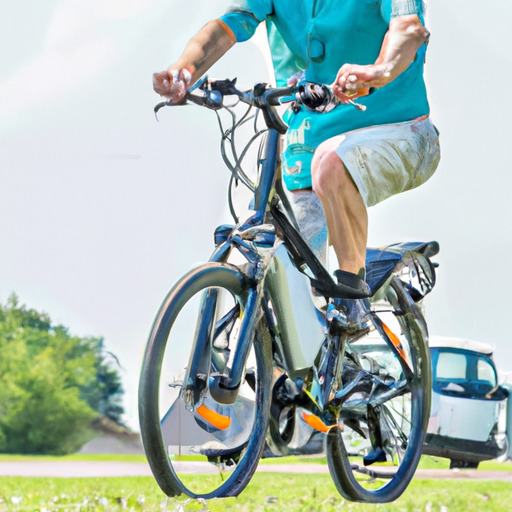
Legal Considerations
Laws and regulations for riding e-bikes without pedaling
The laws and regulations regarding riding e-bikes without pedaling vary from country to country and even from state to state. In some regions, throttle-controlled e-bikes may be considered motorcycles and require registration, insurance, and a license to operate. It is essential to familiarize yourself with the specific laws and regulations governing e-bike usage in your area to ensure you are in compliance.
Where can you ride e-bikes without pedaling legally?
The legality of riding e-bikes without pedaling depends on local regulations. In many areas, throttle-controlled e-bikes may be restricted to private property or designated off-road trails. Some regions allow throttle-controlled e-bikes to be ridden on public roads, while others classify them as motorized vehicles and prohibit their use on certain paths or trails. To avoid legal issues, it is crucial to research and understand the specific rules and restrictions that apply to e-bikes without pedaling in your location.
Restrictions and limitations of riding e-bikes without pedaling
When riding e-bikes without pedaling, there may be restrictions and limitations that you need to be aware of. Besides the legal requirements, throttle-controlled e-bikes may have limited battery life, which can restrict the range or duration of your rides. They may also require additional maintenance, such as keeping the battery charged or replacing it when it reaches the end of its lifespan. It is important to consider these factors before deciding to ride an e-bike without pedaling.
Safety Concerns
Safety measures for riding e-bikes without pedaling
When riding e-bikes without pedaling, it is essential to prioritize safety. Here are some safety measures to consider:
-
Wear a helmet: Regardless of whether you pedal or not, wearing a helmet is crucial for protecting your head in case of an accident.
-
Follow traffic rules: Observe traffic laws, signals, and signs to ensure your safety and the safety of others around you.
-
Be visible: Increase your visibility by wearing brightly colored or reflective clothing and using lights and reflectors on your e-bike.
-
Stay alert: Be aware of your surroundings, including other vehicles, pedestrians, and potential hazards on the road.
-
Maintain control: Maintain a firm grip on the handlebars and practice good balance and control while riding.
Potential risks and hazards
Riding e-bikes without pedaling can present some potential risks and hazards. Without the need to pedal, riders may rely solely on the electric motor for speed, which can result in quicker accelerations and higher speeds that they may not be accustomed to. This can increase the risk of accidents, especially if the rider is not familiar with operating a vehicle at such speeds. Additionally, throttle-controlled e-bikes may lack the maneuverability and agility of traditional bicycles, making it harder to navigate tight spaces or avoid obstacles.
Recommendations for safe riding
To ensure safe riding, it is recommended to start slow and gradually gain confidence in operating the e-bike without pedaling. Familiarize yourself with the controls, practice braking and maneuvering in a controlled environment, and gradually increase your speed and skill level. It is also essential to respect the rules of the road, be considerate of other road users, and anticipate any potential hazards or dangers. Regular maintenance and inspections of your e-bike are also important to ensure that it remains in good working condition and that all components, including the electric motor and brakes, are functioning properly.
Potential Uses of E-bikes Without Pedaling
Scenarios where riding without pedaling is beneficial
While pedaling is typically required for most e-bike models, there are scenarios where riding without pedaling can be beneficial. Throttle-controlled e-bikes can be particularly useful for individuals with physical limitations or disabilities that prevent them from pedaling. They provide an opportunity for these individuals to experience the joy of cycling and enjoy the outdoors without the need for significant physical exertion. Additionally, throttle-controlled e-bikes can be advantageous for short commutes or leisurely rides where pedaling is not required or desired.
Exploring leisurely rides with minimal effort
One of the main advantages of riding an e-bike without pedaling is the ability to explore and enjoy leisurely rides with minimal effort. Whether you want to take a scenic ride along a coastal path or explore the countryside at a relaxed pace, throttle-controlled e-bikes allow you to do so without the physical demands of pedaling. This can be particularly appealing for individuals who want to enjoy the benefits of being outdoors and taking in the scenery without having to exert themselves.
Special considerations for individuals with physical limitations
For individuals with physical limitations, riding an e-bike without pedaling can open up a world of possibilities. Whether it’s due to age, injury, or a medical condition, some individuals may not have the strength or mobility required for pedaling. Throttle-controlled e-bikes enable these individuals to still enjoy the freedom and independence that cycling provides, allowing them to engage in physical activity and outdoor recreation on their terms.
Benefits of Pedaling
Health benefits of pedaling
Pedaling offers numerous health benefits, both physical and mental. Regular cycling can improve cardiovascular fitness, strengthen muscles, and enhance overall endurance. It can also help with weight management, reduce the risk of chronic diseases such as heart disease, and improve mental well-being by reducing stress and anxiety. Incorporating pedaling into your e-bike rides ensures that you reap these health benefits and lead a more active lifestyle.
Improving battery life through pedal-assist
Pedal-assist e-bikes can help improve the battery life and extend the range of your rides. By actively pedaling, you contribute to the propulsion of the e-bike and reduce the reliance on the electric motor. This conserves battery power, allowing you to cover greater distances without needing to recharge. Pedal-assist also promotes a more sustainable use of energy, making your e-bike more eco-friendly.
Exercise and fitness advantages of pedal-assisted e-bikes
Using pedal-assisted e-bikes offers exercise and fitness advantages that traditional e-bikes without pedaling may not provide. Pedal-assist e-bikes encourage riders to engage their muscles and actively participate in the riding process. This allows for a more challenging workout and a higher level of physical exertion. By incorporating pedaling into your e-bike rides, you can improve your strength, stamina, and overall fitness levels.
Manufacturer’s Guidelines
Manufacturer’s recommendations for pedaling
It is important to familiarize yourself with the manufacturer’s guidelines and recommendations regarding pedaling when using an e-bike. Each e-bike model may have specific instructions on the proper use of the electric motor and the importance of pedaling. Manufacturers typically emphasize the benefits of pedaling for greater efficiency, improved battery life, and a more enjoyable riding experience. Following these guidelines ensures that you are using your e-bike correctly and getting the most out of your investment.
Liability and warranty concerns
Riding an e-bike without pedaling may impact the liability and warranty coverage provided by the manufacturer. Some manufacturers may have specific stipulations regarding the use of the e-bike, including the requirement to pedal to activate the electric motor. Failure to comply with these guidelines may result in voiding the warranty or limiting the manufacturer’s liability in case of any accidents or damages. It is crucial to review the manufacturer’s terms and conditions, warranty coverage, and any potential liability concerns before riding an e-bike without pedaling.
Effect on durability and performance of the e-bike
Riding an e-bike without pedaling may affect the durability and performance of the bicycle over time. Depending on the model and design of the e-bike, frequent reliance on the electric motor without engaging in pedaling may put additional strain on the motor and battery. This can potentially lead to a shorter lifespan for these components and reduce the overall performance of the e-bike. Additionally, without regular pedaling, certain muscles and joints may not be exercised properly, leading to potential imbalances or weaknesses. It is important to consider these factors when deciding whether to ride an e-bike without pedaling.
Conclusion
While it is possible to ride an e-bike without pedaling, it is important to understand the implications and considerations involved. Pedaling is a fundamental aspect of e-bikes, as it enhances efficiency, extends battery life, promotes a healthier lifestyle, and ensures compliance with legal regulations in many regions. However, throttle-controlled e-bikes can be beneficial for individuals with physical limitations or those who prefer a more leisurely riding experience. Ultimately, the choice between riding with or without pedaling depends on personal preferences, physical capabilities, and the specific regulations in your area. By choosing the right e-bike according to your needs and finding a balance between convenience and physical activity, you can make the most of your e-bike experience. Whether you choose to pedal or not, always prioritize safety, follow the rules of the road, and enjoy the freedom and enjoyment that e-bikes offer. Happy riding!
















